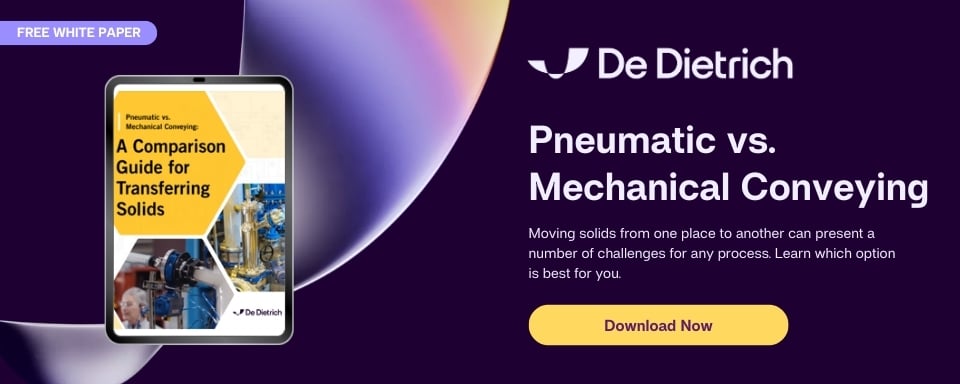Control Systems Part 2: Defining Component Ratings for Use in Hazardous Areas
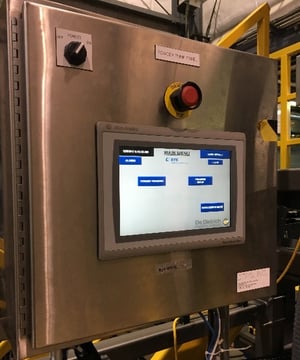 In Part 1 of our post about Control Systems, we identified the various area ratings (i.e., Class, Division & Group) for control system components, including instruments, panels, wiring & conduit, motors, etc.
In Part 1 of our post about Control Systems, we identified the various area ratings (i.e., Class, Division & Group) for control system components, including instruments, panels, wiring & conduit, motors, etc.
Following is a summary of the area ratings previously discussed (and whose detailed description is available in Part 1):
|
Class |
Division |
Group |
|
I, II, III (1, 2, 3) |
I, II (1, 2) |
A, B, C, D, E, F, G |
Once the installation area’s rating is established, we can begin to look at the design and fabrication requirements for a control system that will be suitable for installation and use in the defined area(s).
The NEC outlines the following list of protection definitions to use when selecting and sourcing control system components for installation in specifically rated areas.
|
(A) Explosion-proof: |
This protection technique shall be permitted for equipment in Class 1, Division 1 or 2 locations. |
|
(B) Dust Ignition-proof: |
This protection technique shall be permitted for equipment in Class 2, Division 1 or 2 locations. |
|
(C) Dust-tight: |
This protection technique shall be permitted for equipment in Class 2, Division 2 or Class 3, Division 1 or 2 locations. |
|
(D) Purged and Pressurized: |
This protection technique shall be permitted for equipment in any hazardous location. |
|
(E) Intrinsically Safe: |
This protection technique shall be permitted for equipment in Class 1, Division 1 or 2; Class 2, Division 1 or 2; or Class 3, Division 1 or 2 locations. |
|
(F) Non-incendive: |
This protection technique shall be permitted for equipment in Class 1, Division 2; Class 2, Division 2; or Class 3, Division 1 or 2 locations. |
|
(I) Oil Immersion: |
This protection technique shall be permitted for current-interrupting contacts in Class 1, Division 2 locations. (see additional details in NEC) |
|
(J) Hermetically Sealed: |
This protection technique shall be permitted for equipment in Class 1, Division 2; Class 2, Division 2; or Class 3, Division 1 or 2 locations. |
|
(K) Combustible Gas Detection System: |
A combustible gas detection system shall be permitted as a means of protection in industrial establishments with restricted public access and where the conditions of maintenance and supervision ensure that only qualified persons service the installation. |
Control system enclosures are described and rated by additional classifications, the two most common of which are provided by NEMA (National Electrical Manufacturer’s Association) and UL (Underwriter’s Laboratories) ratings. The table and definitions below describe these two rating systems in more detail.
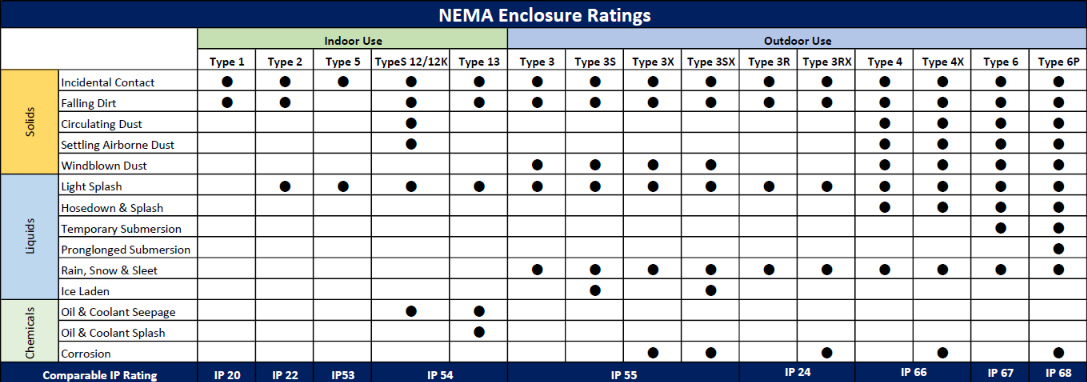
NEMA 1 Enclosures constructed for indoor use to provide a degree of protection to the equipment inside the enclosure against limited amounts of falling dirt.
NEMA 2 Enclosures constructed for indoor use to provide a degree of protection to the equipment inside the enclosure against falling dirt and limited amounts of falling water (dripping and light splashing).
NEMA 3 Enclosures constructed for either indoor or outdoor use to provide a degree of protection against rain, sleet and wind-blown dust, and will remain undamaged by the external formation of ice on the enclosure.
NEMA 3R Enclosures constructed for either indoor or outdoor use to provide a degree of protection against rain, sleet, wind-blown dust, and will remain undamaged by the external formation of ice on the enclosure. A small drain hole on the bottom allows for ventilation and quick dispersion of any water that may enter the enclosure.
NEMA 3SX Enclosures constructed for either indoor or outdoor use to provide a degree of protection against rain, sleet, windblown dust and an additional level of protection against corrosion. These enclosures will also allow for operation of external mechanisms when ice laden.
NEMA 4 Enclosures constructed for either indoor or outdoor use with a dust-tight, water-tight seal to protect against windblown particles, rain, splashing water and hose-directed water. Will remain undamaged by the external formation of ice on the enclosure.
NEMA 4X/IP66 Enclosures constructed for either indoor or outdoor use with a dust-tight, water-tight seal to protect against windblown dust and rain, splashing water, hose-directed water, and damage from external ice formation. Plus, an additional level of protection against corrosion. All Integra Enclosures carry a minimum 4X NEMA Rating.
NEMA 5 Enclosures constructed for indoor use to provide a degree of protection against settling airborne dust and fibers and dripping non-corrosive liquids.
NEMA 6 Enclosures constructed for either indoor or outdoor use to protect against hose-directed water, damage from external ice formation, and the entry of water during occasional temporary submersion at a limited depth.
NEMA 6P/IP68 Enclosures constructed for either indoor or outdoor use to provide a degree of protection against hose-directed water, damage from external ice formation, and the entry of water during occasional prolonged submersion at a limited depth. Integra IP 68 rated enclosures can be submerged in up to 6 feet of water for up to 24 hours.
NEMA 12 Enclosures constructed (without knockouts) for indoor use to provide a degree of protection against circulating dust or fibers, falling dirt and dripping non-corrosive liquids.
NEMA 12K Enclosures constructed (with knockouts) for indoor use to provide a degree of protection against circulating dust or fibers, falling dirt and dripping non-corrosive liquids.
NEMA 13 Enclosures constructed for indoor use to provide a degree of protection against dust, spraying of water, oil, and noncorrosive coolants.
In addition, IP (or "Ingress Protection") ratings are defined in international standard EN 60529 (British BS EN 60529:1992, European IEC 60509:1989). They are used to define levels of sealing effectiveness of electrical enclosures against intrusion from foreign bodies (tools, dirt, etc.) and moisture. IP ratings are provided as 2-digit numbers, each of which conveys the following definitions.
First Digit (intrusion protection)
- (or X - see section below): No special protection. Not rated (or no rating supplied) for protection against ingress of this type.
- Protection from a large part of the body such as a hand (but no protection from deliberate access); from solid objects greater than 50mm in diameter.
- Protection against fingers or other object not greater than 80mm in length and 12mm in diameter (accidental finger contact).
- Protection from entry by tools, wires etc., with a diameter of 2.5 mm or more.
- Protection against solid objects larger than 1mm (wires, nails, screws, larger insects and other potentially invasive small objects such as tools/small etc.).
- Partial protection against dust that may harm equipment.
- Totally dust tight. Full protection against dust and other particulates, including a vacuum seal, tested against continuous airflow.
Second Digit (moisture protection)
- (or X): No protection.
- Protection against vertically falling droplets, such as condensation. ensuring that no damage or interrupted functioning of components will be incurred when an item is upright.
- Protection against water droplets deflected up to 15° from vertical
- Protected against spray up to 60° from vertical.
- Protected against water splashes from all directions. Tested for a minimum of 10 minutes with an oscillating spray (limited ingress permitted with no harmful effects).
- Protection against low-pressure jets (6.3 mm) of directed water from any angle (limited ingress permitted with no harmful effects).
- Protection against direct high pressure jets.
- Protection against full immersion for up to 30 minutes at depths between 15 cm and 1 meter (limited ingress permitted with no harmful effects).
- Protection against extended immersion under higher pressure (i.e., greater depths). Precise parameters of this test will be set and advertised by the manufacturer and may include additional factors such as temperature fluctuations and flow rates, depending on equipment type.
- (K): Protection against high-pressure, high-temperature jet sprays, wash-downs or steam-cleaning procedures - this rating is most often seen in specific road vehicle applications (standard ISO 20653:2013 Road Vehicles - Degrees of protection).
The above tables and descriptions provide the ratings most commonly used in panel designs. For more information, please reference NEMA Standard 250 and/or ANSI/IEC 60529-2020 as provided by the National Electrical Manufacturers Association.
Once understanding the protection technique and knowing what type of enclosure can be used, the design process can begin. What is put inside a control panel will vary in every application, based on the needs or requirements of the system the control panel will be responsible for operating.
See below examples of control panels:
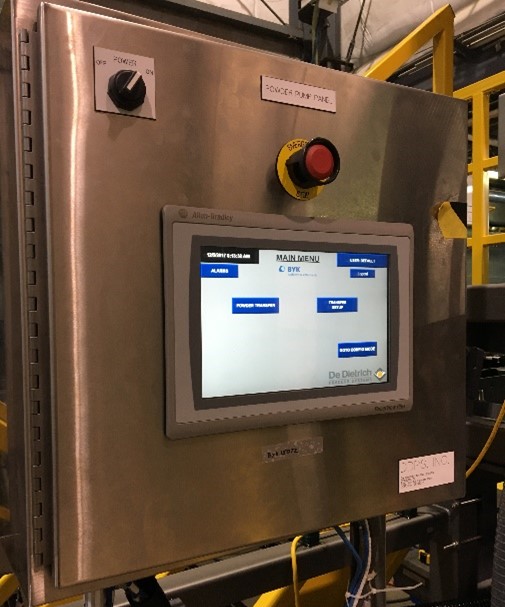
Figure 1: Class 1, Division 2 Panel. NEMA 4X Enclosure. Allen Bradley Panelview HMI and E-stop.
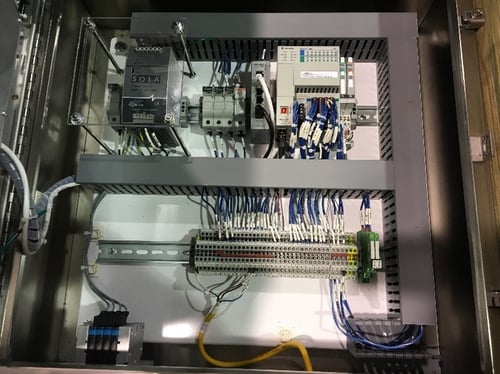
Figure 2: Internal components of Class 1, Division 2 panel. Major components shown are: powder supply, fuse holders, PLC, ethernet switch, I/O expansion cards, terminal strip, relays and solenoids
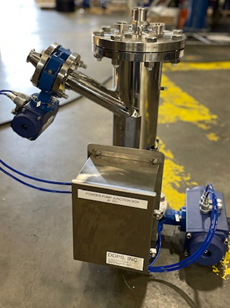
Figure 3: Local junction box for Class 1, Division 1 application. NEMA 4X Enclosure. Designed to communicate with remote panel in Division 2 area.
Have questions about design and fabrication requirements for a control system? Contact us for more information or to discuss your process challenges.
